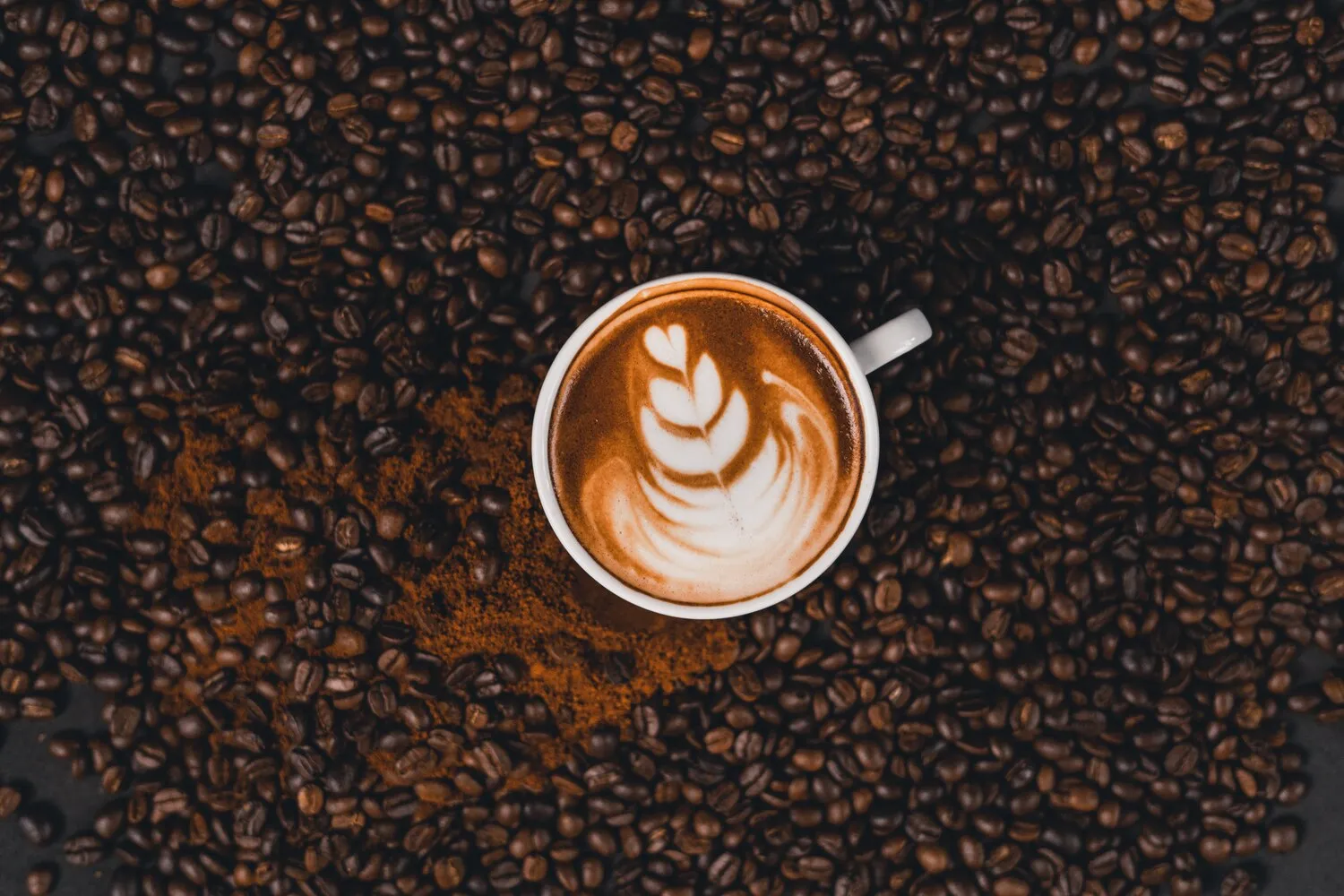
Beers
Cafe de Blonde Pater offers a selection of Belgian and other beers. They have various beers on tap and bottled.
Nutrition Facts
* The % Daily Value (DV) tells you how much a nutrient in a serving of food contributes to a daily diet. 2,000 calories a day is used for general nutrition advice.
Belgian beer has a rich history, deeply intertwined with monastic traditions and local brewing practices dating back centuries. Monasteries were key innovators, refining brewing techniques and contributing to the diversity of beer styles. Regional ingredients and brewing traditions led to unique variations, shaping the landscape of Belgian beer as we know it today.
Beer is an integral part of Belgian culture, deeply woven into social gatherings, celebrations, and culinary traditions. It's not just a beverage, but a source of national pride and a symbol of Belgian craftsmanship.
Beer Glasses
Specific beer styles are often served in designated glasses, enhancing the drinking experience and presenting the beer at its best. Each glass shape is designed to highlight different aromas and flavours, adding to the sensory experience.
Food Pairing
Belgian beer is commonly paired with food, from hearty stews and cheeses to chocolates and desserts. The diverse flavors of Belgian beer make it a versatile companion to various dishes.
Beer Festivals
Belgium hosts numerous beer festivals throughout the year, celebrating the country's brewing heritage and showcasing a wide range of beers from both large and small breweries.
Belgian beers boast a wide array of flavors, often characterized by fruitiness, spice, and a balance of malt and hops. The use of unique yeast strains contributes significantly to their complex flavor profiles.
The flavor profile is highly varied. Some beers exhibit fruity esters like banana or clove (typical of Belgian ales), while others offer spicy notes from the yeast or added spices like coriander or orange peel. Malt character can range from light and biscuity to rich and caramel-like. Hop bitterness varies but is generally moderate. The presence of phenols can add a slight medicinal or smoky character. Trappist beers are known for their complex, often dark fruit flavors and higher alcohol content. Lambics are known for their sour and funky flavors from wild yeast fermentation. Blond ales often have a balance of malt sweetness and hop bitterness with fruity esters. Overall the flavor is decided by specific style and brewing methods.
Serving Temperature
Belgian beers are often best enjoyed at slightly warmer temperatures than typical lagers. Serving them too cold can mute the complex flavors. For most ales, a temperature between 8-12°C (46-54°F) is ideal.
Pouring Technique
Pouring the beer carefully, leaving a small amount of sediment in the bottle (unless it's a filtered beer), can enhance the aroma and flavor. A good pour creates a nice head, which releases aromas.
Tasting Notes
Take a moment to observe the beer's color, aroma, and flavor. Identify the different notes and appreciate the complexity of the brew.
Explore additional Drinks dishes and restaurants
Explore DrinksDiscover top dining spots and culinary experiences in Nijmegen.
Explore NijmegenLearn more about the food culture, restaurant scene, and culinary heritage of Netherlands.
Explore Netherlands